Tourism in Medellin (2021): Bust or Boom ? Find Out Here!
Tourism in Medellin has been subject to its share of strengths and weaknesses. Based on the data, it seems that the city fully recognizes its opportunities and threats.
By Kaveh Paymayesh

What a rubbish year we experienced in 2020:
- Economic stagnancy
- Illness
- Bereavement
- Sanctioning of freedoms (that we took for granted).
Until 2020, Medellin had relished a steady increase in tourism – an amazing achievement when considering the crippling chains of the city’s past. This spells fantastic news. Tourism has brought employment, economic prosperity, infrastructure and pride to the residents of the Aburrá Valley.
…But this was all brought to the balance in the year of the pandemic. Last year (2021) could have gone one of two ways; what did it bring for tourism in Medellin?
Let’s explore Medellin’s future in this sector.
The trend leading up to 2020 (before COVID-19)
According to figures collected by El Colombiano and Colombia Reports:
- From 2016-2019, Medellin was visited by 1,119,252 international visitors.
- In 2019, Medellin’s tourism sector represented 8.2% of the city’s GDP. This is below average; the contribution of tourism to the global GDP for 2019 was 10.4%. This confirms that there is a lot of room for growth within the sector!
- 2016-2019 saw 2,9 million visitors come to Medellin (this includes domestic travellers).
- The number of international travellers was 13% higher in 2019 than it was in 2018.
- Tourism in Medellin grew 50% in 5 years.
- The majority of Medellin’s foreign visitors come from the US – 20%. Distance also proves to be no deterrent for Europeans, who make up 16%!
It doesn’t take these figures to know that Medellin has been doing something right…
Since I arrived in early 2016, I’ve personally witnessed a substantial increase in tourism, with a lot more of a foreign footprint in all corners of the valley.
Even in 2016, the bulk of foreigners were limited to El Poblado. Nowadays, they can be found all over, from Laureles, Belen, Envigado, Sabaneta. Even in Centro!
In fact, in 2010, there were just 5 hostels that catered to foreign tourists. Now, this number exceeds 150 – that’s a 2900% increase in 11 years!
How has tourism been able to thrive in Medellin?
Medellin is no perfect place. Actually, it’s replete with its fair share of economic, societal, political and even environmental issues. However, it has so much going for it.
In fact, it’s the favourite Colombian city for Gringos!
It’s widely considered the most developed city in Colombia. The climate is optimal, beating out the colder, grey climate of Bogota, whilst avoiding the stifling heat of the coastal region.
The Metropolitan Area of the Aburrá Valley is, for me at least, one of the prettiest urban landscapes in the world, let alone Colombia. Tourism in Medellin is largely influenced by people’s increasing desire to be immersed within nature.
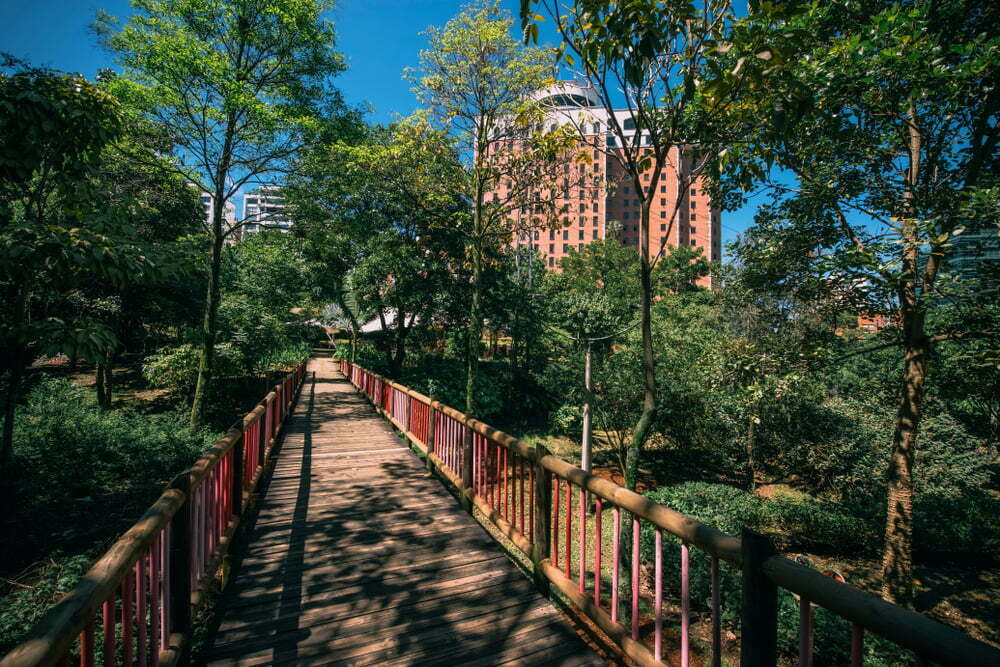
The infrastructure in Medellin is definitely the best in the country. For example, it’s the only city with a metro system or a metro tram. Despite this, the city is already materializing a new metro line (Metro 80). This is expected to be fully realized by 2025. In this respect, Medellin leaves the capital city, Bogota, in the dust!
Colombia is a corrupt country yes. But the Medellin Metropolitan Area is definitely one of the least corrupt parts of Colombia.
Actually, Medellin, objectively speaking, has the best plans for future development. This encompasses plans for education, economic growth, transport, LGBT rights, environmental care and more.
Another chief reason that tourism in Medellin has seen such success is because of the variety of events hosted there. One of the bigger ones: Festival of the Flowers, is Medellin’s biggest annual event, attracting over 27,000 tourists in 2019! It’s a colourful time of the year that lasts from August 12-22.
In this period, hotel occupancy shoots up massively in response to the spike in tourism. In 2019, the average hotel occupancy increased from 34% in July to 77% in April!
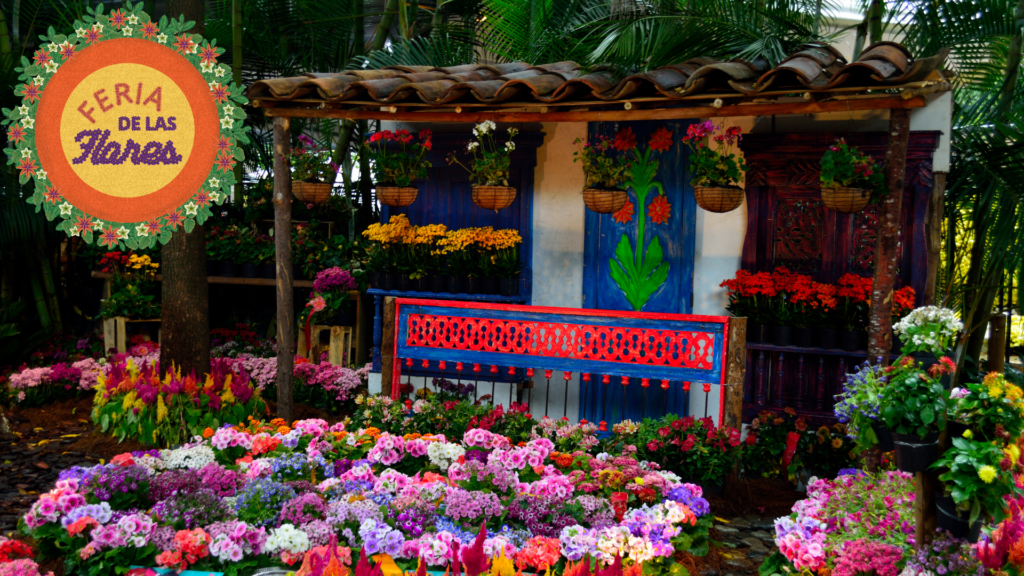
Interestingly, events in the city apparently account for 30% of all visits to the city!
Okay, forgive me for getting carried away. I don’t want to stray too far from the scope of this article.
But I would finally add: signs of progress are abundantly evident everywhere you look. Medellin actually became a nice place to live way before foreigners started discovering it. Even today, the city remains largely unfamiliar amongst many westerners. All because of undue fear! That’s why I speculate that tourism in Medellin still has a very bright future!
Oh yeah, don’t get me started on the costs… Consumer costs (including rent) are 410% cheaper in Medellin than they are in New York!
Tourism in 2020
With the arrival of COVID-19 into Colombia, widespread draconian measures were enacted. Medellin entered its first national lockdown at the end of March 2020.
Even before this, tight curfews were enforced in a bid to curb the spread of the virus.
Restrictions were strictly enforced in Colombia – much more so than in the western world.
Regardless, tourism in Medellin was destined to take a hit. A BIG hit. Not just in Medellin, but across the whole country.
In 2019, Colombia’s tourism contributed $15.58bn to the national economy. In 2020, this fell a whopping 58.15% to $6.52bn.
The year 2020 saw approximately 258,604 documented travellers to the city of Medellin.
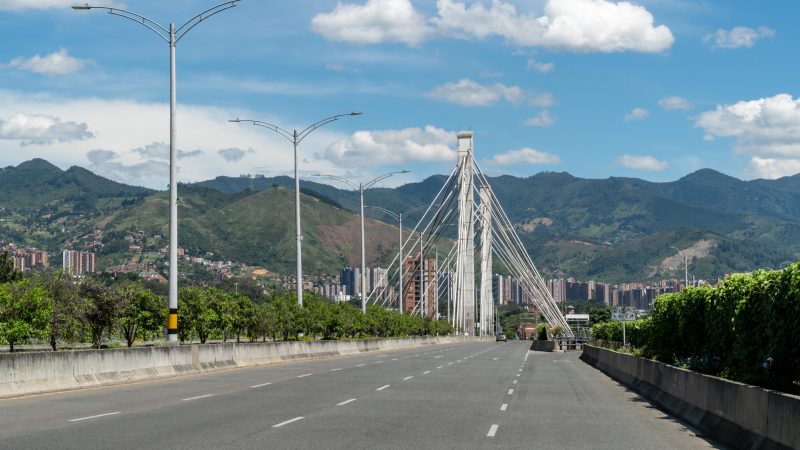
The impact on events
As mentioned above, events are a big deal in Medellin. According to El Colombiano, there were 329 of them happening between January 2016 and June 2019.
This reflects an economic output of $114 million.
Of course, 2020 saw the vast majority of these events collapse, leaving a massive economic vacuum in the city. Receiving the brunt of this collateral damage was the hotel industry. There was no respite during the year.
To illustrate the gravity of the damage, the Laureles-Estadio hotel network, once responsible for 13 hotels, had to close four of them in just 1 year. Furthermore, their average occupancy fell from 65% to 23% in 2020.
Unfortunately, these kinds of losses have pervasive consequences. Out of the 50,000 employees working within the hotel industry in Medellin, 18,500 of them, that’s 37%, were made redundant.
These figures are tragic. I’ve both watched and relished the progress of the city over the last 6 years. I’ve seen the city take massive strides to lift its citizens out of poverty and desperation. As that has improved, so too has the progress in safety and crime.
In 2012, 28.7% of those living within the greater metropolitan area lived below the poverty line. In 2018 this was reduced to a historic low of 23.2%. But in 2020, this number flew up to 33%.
There is no doubt that much of this can be attributed to the collapse in tourism.
Concerningly, for the first time in 2020, there was a perceptible upswing in robberies and crime. Again, in my opinion, intimately related to the collapse in these sectors… You can read more about that here.

Tourism in Comuna 13
By now I think we’re all aware of Comuna 13; the once deadly neighbourhood now transformed into a dense hub of tourism.
I say dense because in a single month, from January to February, Comuna 13 received over 150,000 visitors. This was in 2020 just before the arrival of the pandemic…
The implementation of restrictions beginning in March decimated all tourism to the area. Even at the year-end, throughout all of November up until 16th Dec, only 24,911 tourists had visited the sector – that’s just 16.6% of the total that came in January.
This has spelt economic calamity for the residents and workers of the sector. With basically no social security to rely on, many went out of business, and many without food.
Many relied on the good work of charities and NPOs.
Did you know that 78% of Comuna 13’s visitors are foreigners?
Tourism in 2021
Tourism in Medellin has been a prettier picture in 2021. There is a multitude of statistics that denote undeniable progress from the year prior:
During the year 676,652 tourists entered the valley. Of this figure, 225,979 were foreigners.
Comparing that to the 258,604 tourists in 2020 then we can see an increase of 162%! Assuring, no?
Another very encouraging marker is the average hotel occupancy: Medellin has experienced two successive months with over 76% occupancy (for November and December).
Are things looking on course to exceed pre-COVID records?
Yes – from January until the end of October, public spending in the city exceeded $215 million. This means a growth of 93% since 2020.
More impressively, this is 11.6% higher than in 2019!
In the month of November alone, Medellin received an impressive 87,650 visitors. This is around 15.4% greater than the 75,950 visitors that arrived in the same month for 2019.
We already know that Medellin’s tourism sector is growing faster than at an average pace. This makes sense given the discrepancy between reality and preconception…
As word gets out, ex-pats; digital nomads; and adventurers continue to flock here in equal measure.
By the way, you can find all these figures here (they’re in Spanish).
The harder challenge for Medellin is the recovery of its events, which accounted for 30% of all visits to the city.
Looking to diversify from organized EVENTS
The impact on events has been huge. Unfortunately, 2021 has not seen a satisfactory recovery in this important sector. Having said that, Medellin’s biggest event, Las Ferias de las Flores, did manage to go ahead. Regardless, it is expected to take around five years for Medellin to recover to pre-lockdown output.
It seems that Medellin is looking to diversify its reach within tourism. By depending less on the output of different events and investing more in ecological and social tourism, Medellin can mitigate its vulnerability.
Comuna 13 busier than ever!
Data pertaining to the economic output for 2021 – it’s scarce. Sadly, I can’t give you any information on that. However, things are looking up for Comuna 13…
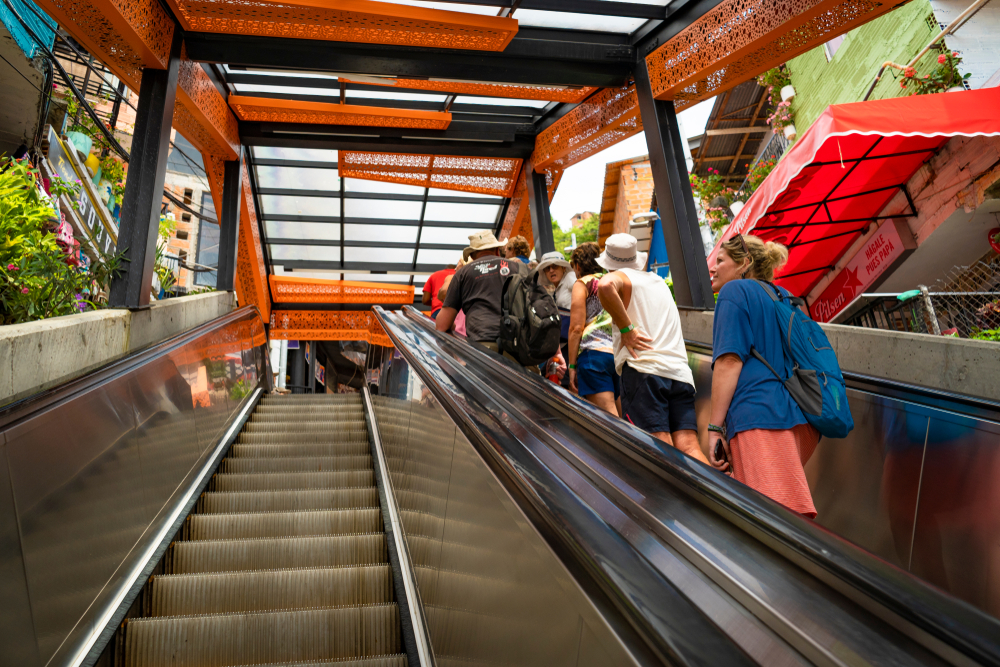
Regardless, the sector faces some new challenges. Although, they’re of a different nature to what the comuna is used to.
Comuna 13 is too busy! The densely populated area continues to gentrify, converting patios and residential spaces into bars and such. Well, that’s proving to be a new obstacle.
The growth of Comuna 13 has been exponential. Tourism has ushered in a rush to convert, crop, divide and ultimately strain the resources of the commune.
As a township, these resources were already stretched before the arrival of foreigners.
In 2021, new attention is given to the strategy moving forward; a balance must be struck between the economic prosperity of the commune whilst respecting the space, intimacy and integrity of its residents.
How things have quickly changed. Just one year ago, Comuna 13 was stripped empty of its tourism. Now, according to some, it’s overwhelming.
Hey, blame the criminal groups for that. Much of the tourism in this sector is not controlled formally, but rather by illegal groups. According to El Colombiano, their sole interest in profit maximization means that they permitted too many bars to open, too quickly.
It’ll be interesting to see how that power share changes in time, if at all.
Oh well, new opportunities, new threats… One thing’s for sure: these aren’t the worst of problems that Medellin has faced in recent history.
Predictions for 2022
In short, I believe that 2022 will be a fantastic year for tourism in Medellin.
Given the pace of growth, I expect to see 2022 bring in more foreigners to Medellin than any other year. Remember that in 5 years leading to 2019, tourism grew 50%! Even in 2021, the number of visitors recovered from the historic lows of the year before.
Let’s cover a quick SWOT analysis:
Strengths
- Investment in infrastructure. Medellin continues to invest in itself. In 2013, the city was awarded the title of “The Most Innovative City”. Since then, Medellin continues to strive as the best city in Colombia.
- Medellin’s climate – it’s pretty close to perfect
- Proximity to the US
- Friendly people
- Amazing infrastructure.
Weaknesses
No disrespect: I absolutely love Colombia, its biodiversity, culture, people…
However, being a city in Colombia is risky business. National peace is a new concept to Colombians, and quite frankly, still holds precariously in the balance.
Anyone paying attention to the news knows that Colombia is the second most dangerous place to be a journalist in LATAM. Furthermore, there were 93 massacres in 2021. These are things that scare people and can affect tourism in Medellin.
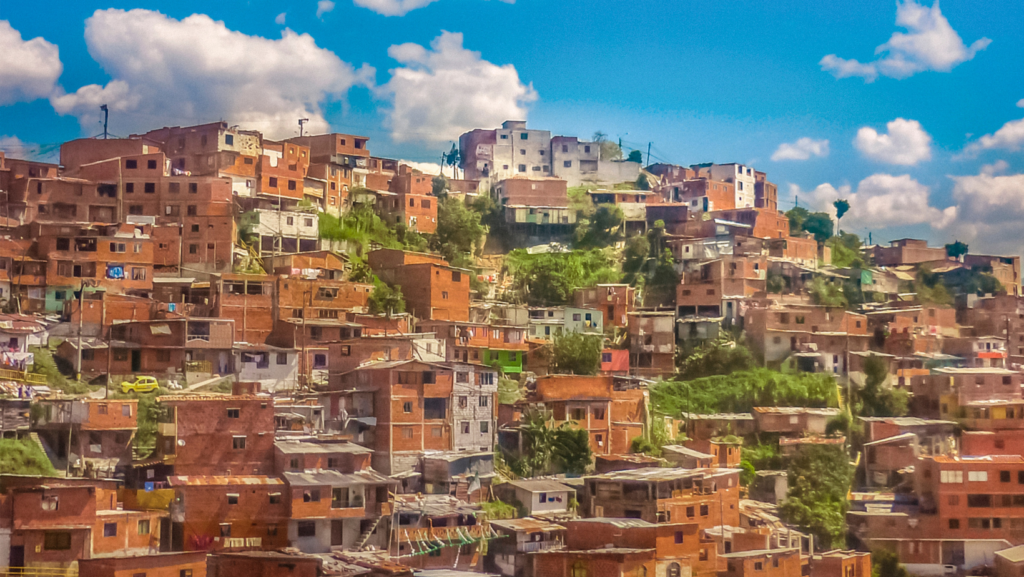
Threats
As 2021 came to an end in Colombia, it wouldn’t be without Omicron rearing its ugly head. The first case in Antioquia was detected on the 30th of Dec.
Omicron spreads like wildfire. Colombia’s COVID curves tend to lag behind those in Europe, where we have seen Omicron cases surge intensely.
Now, what we don’t need is another COVID induced lockdown. That will simply devastate not only tourism but the economy in general.
Colombia’s policy regarding Covid is to emulate what the West does and then 10x it.
Fortunately, Omicron cases, whilst highly contagious, are resulting in significantly fewer hospitalizations. According to data coming from the UK, those that have received booster vaccinations are 88% less likely to be hospitalized. And overall, those catching the Omicron variant are 70% less likely to be hospitalized than with other varients.
For this reason, there have been no fresh lockdowns in the UK, nor in the US.
Given Colombia’s impressive vaccination rollout, let’s hope that there are no more lockdowns here neither. I don’t think there will be, but that’s just me.
Talking about threats – let’s not forget about the risk of further protests, civil unrest, FARC resurgence. God knows what could happen in Colombia’s elections this year…
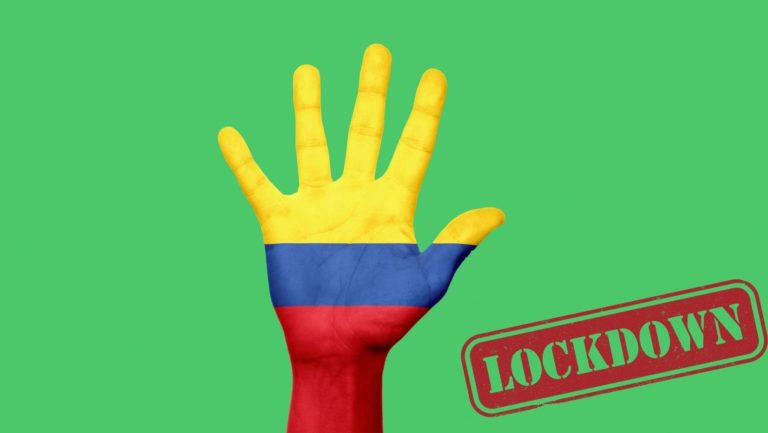
Opportunies
The past! What was once Medellin’s biggest impediment could now be one of its biggest assets. With each passing year, more discover the city. More want to see how the city changed, they want to know if they can step foot.
Medellin is open for tourism, but it hasn’t been for long. That’s why the city continues to grow at an exponential rate. It’s why its tourism sector is outperforming the global average.
Medellin’s reputation is becoming increasingly positive. It’s already established itself amongst ex-pats, nomads, eco-lovers, amongst others *cough* single men *cough*.
As I’ve already said, Medellin is an awesome city. The majority of people that I know have been there, have fallen in love with it. The fact is that Medellin’s reputation is subject to polar extremes. There is still a large gulf between the reality and perception of the city.
And I think that this is a big opportunity to capitalize on. Word spreads fast, as we’ve seen in recent years.
Facebook
Twitter
LinkedIn
Reddit